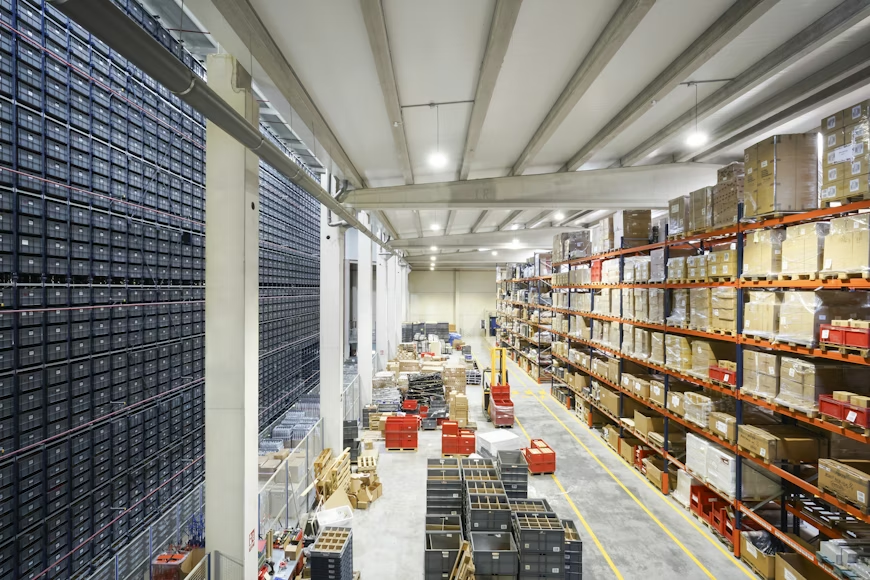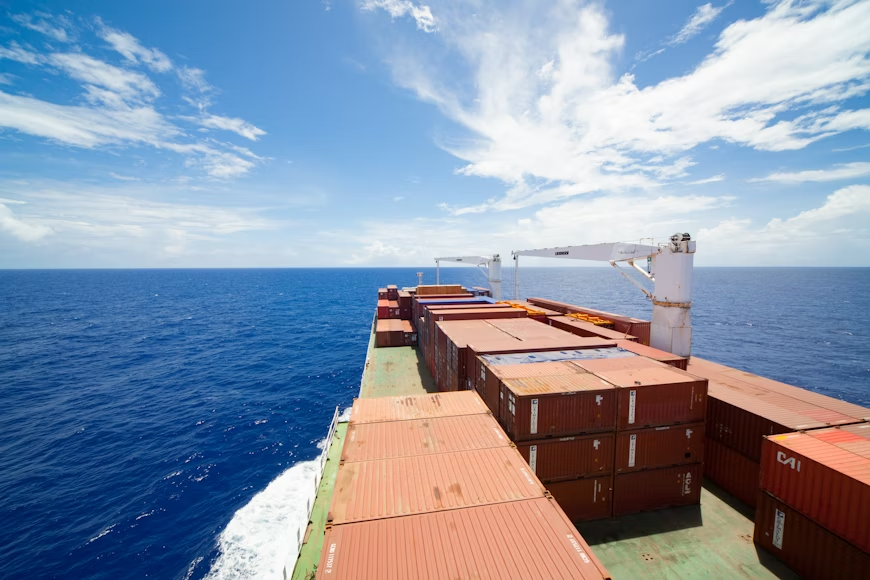Michael Ignatiadis, Head of Manufacturing Strategy, Asia Pacific at JLL, recently discussed the implications of the China +1 strategy on supply chains and manufacturing across the Asia-Pacific region in an interview with MHD. The dialogue focused on strategic advantages, emerging real estate trends, operational challenges, and economic impacts.
When asked about the shift towards a China +1 strategy, Ignatiadis highlighted its potential to reshape supply chains and manufacturing dynamics in the region. He emphasized how diversifying manufacturing operations across multiple countries can mitigate risks associated with tariffs and trade disruptions, fostering growth opportunities and enhancing resilience.
Regarding India and Southeast Asia as alternatives to China, Ignatiadis noted their attractive attributes such as low labor and energy costs, skilled workforce availability, and expanding consumer markets. These regions also benefit from infrastructure investments aimed at improving operational efficiency and connectivity, making them increasingly viable for supply chain diversification.
In terms of real estate trends, JLL observed a growing supply of development in Southeast Asia, particularly in logistics prime stock across key cities like Kuala Lumpur, Jakarta, and Hanoi. The trend towards built-to-suit (BTS) properties tailored to specific manufacturing and distribution needs was noted, alongside the rising popularity of Special Economic Zones (SEZs) offering tax incentives and regulatory support.
Addressing challenges in setting up operations in these regions, Ignatiadis advised businesses to conduct thorough due diligence on potential sites, considering factors ranging from commercial viability to regulatory compliance. Mitigating risks associated with site selection is crucial for ensuring a smooth transition and operational success.
Regarding the impact of increased demand for industrial real estate, JLL anticipates upward pressure on rents and property values in Southeast Asia. Rental growth dynamics varied across cities in 2023, influenced by supply dynamics and corporate demand for high-quality space.
Overall, JLL’s insights underscore the evolving landscape of supply chains and manufacturing in Asia-Pacific, driven by strategic diversification and real estate developments aimed at supporting industry growth.
Stay informed with supply chain news on The Supply Chain Report. Free tools for international trade are at ADAMftd.com.
#AsiaPacificSupplyChains#ChinaPlusOneStrategy#SupplyChainDiversification#ManufacturingTrends#SupplyChainNews

















